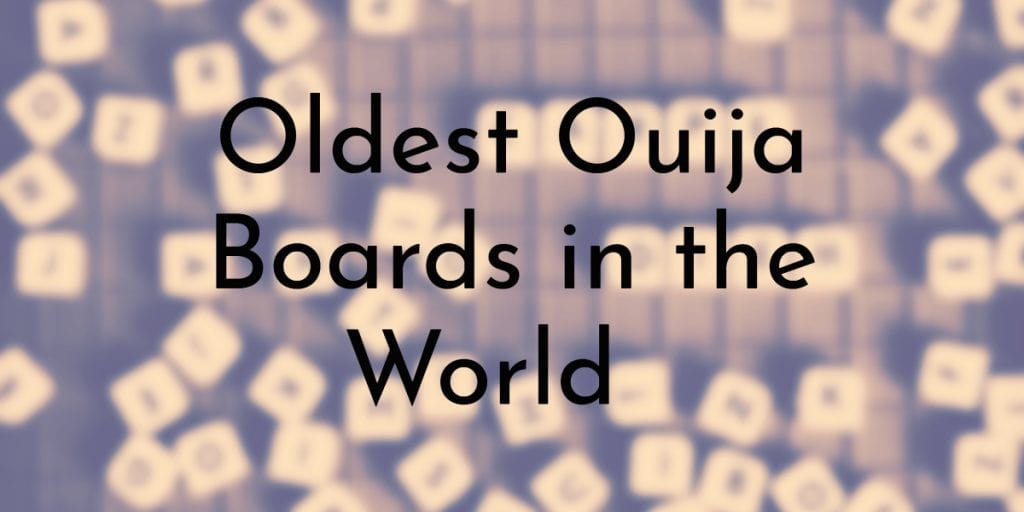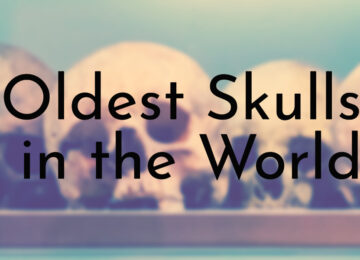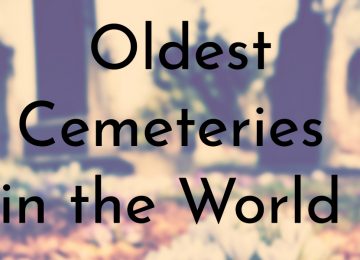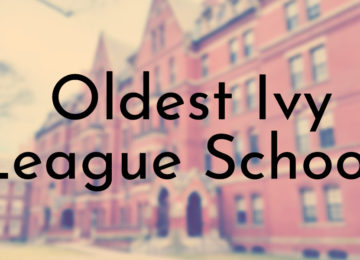The Ouija board has an ominous reputation for being a device used to talk to spirits. It’s true that the original Ouija board was based on the talking boards used by spiritualists in the late 1880s. However, the inventors of the first Ouija board weren’t spiritualists, they were just a bunch of businessmen who capitalized on mass producing talking boards before anyone else.
All of the earliest and most successful Ouija boards were based on the original from 1890 and were created by the same handful of men who contributed to the original Ouija board in some way. While there were numerous Ouija board knock-offs and rivals during its heyday, all of the Ouiija boards on this list have the best documented history.
9. Oracle/Mystifying Oracle
Year Created: 1915 – 1920
Designer/Manufacturer: William Fuld
Location: Baltimore, Maryland, USA
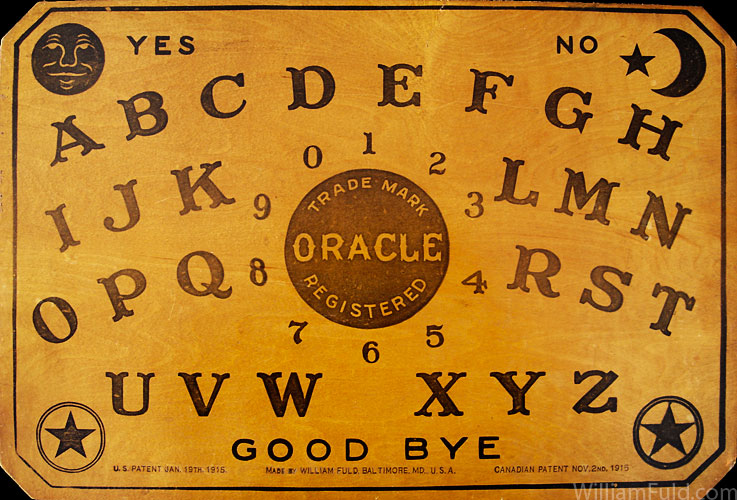
By the time William Fuld launched the Oracle talking board in 1915, the market was saturated with Ouija board imitators and competition. After Fuld had fallen out with his brother in 1901, he patented the world Oracle the following year. Fuld decided that he would start selling a cheaper alternative to the original Ouija board to head off the competition. Fuld’s idea paid off and the Oracle became nearly as popular as the Ouija and had its own following.
The design of the Oracle board is fairly similar to the Ouija board, but the letters and numbers have a different layout. The Oracle also came with a black diamond shaped planchette instead of the traditional heart shaped planchette of the regular Ouija board.
8. Nirvana Talking Board
Year Created: 1907
Designer/Manufacturer: Elijah Bond and Swastika Novelty Company
Location: Charleston, West Virginia, USA
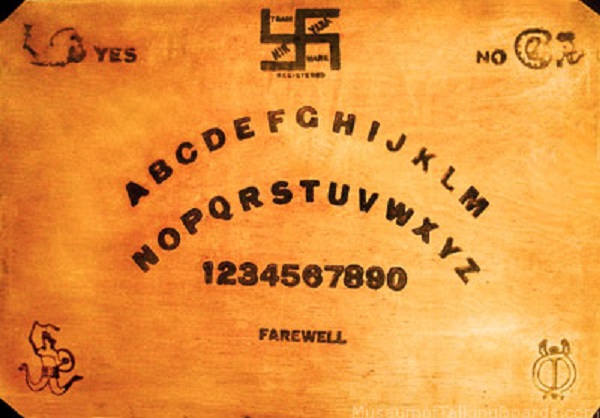
Elijah Bond, who had originally registered the patent for the Ouija board, tried to make his own talking board after he moved from Baltimore to Charleston, West Virginia in the early 1900s. Bond came up the Nirvana talking board and was granted a trademark for his new board in 1907. The symbol that Bond used for his board was the swastika (in the orientation of the religious Asian icon and not in the Nazi way because this was decades before World War II) with the word Nirvana in the center.
The Swastika Novelty Company manufactured the Nirvana board for a brief time. The Nirvana board was never popular enough and today, existing Nirvana boards are extremely rare.
7. Oriole Talking Board
Year Created: 1904 – 1920
Designer/Manufacturer: Isaac Fuld (later the Southern Toy Company)
Location: Baltimore, Maryland, USA
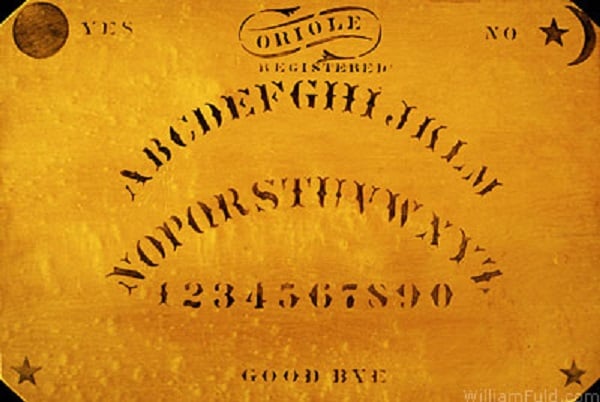
After splitting from his brother William Fuld in 1901, Isaac Fuld continued to make Ouija boards with his own name on them even though he no longer had a legal right to the patent. Of course, William took legal action and Isaac was prevented from making any more Ouija boards. However, Isaac worked around this problem by changing the name of his talking board to the Oriole.
Isaac boldly decided to keep using the Ouija board stencil that he and his brother used and only changed the Ouija part to Oriole. Fortunately for him, Isaac’s gamble was successful and as demand for the Oriole board grew, he established the Southern Toy Company in 1919. During this entire time, William and Isaac battled in court and finally in 1920, a judge agreed that William had the sole right to make and sell Ouija boards. Isaac had to stop making Oriole boards, but stayed in the toy business for a few more years before retiring in 1925.
6. Isaac Fuld & Brother Ouija Board
Year Created: 1898 – 1901
Designer/Manufacturer: Isaac Fuld & Brother
Location: Baltimore, Maryland, USA
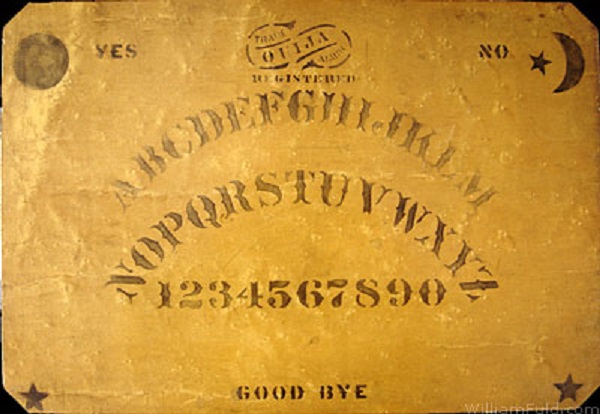
In late 1891, the Kennard Novelty Company was restructured into the Ouija Novelty Company and Charles Kennard was forced to leave. The company’s other founders Colonel Washington Bowie and Harry Welles Rusks took over and put William Fuld in charge of daily operations. Fuld had been with the company from the start as a painter/varnisher and made his way up in the company due to his close relationship with Bowie. Fuld is now considered the father of the Ouija board.
In 1898, the Ouija Novelty Company signed an agreement with Fuld and his brother Isaac, which allowed them to produce the Ouija board for three years. Their company, Isaac Fuld & Brother, only lasted for a few years before William was given sole rights to the Ouija board in 1901.
5. Igili the Marvelous Talking Board
Year Created: 1897 – 1899
Designer/Manufacturer: American Toy Company
Location: Baltimore, Maryland, USA
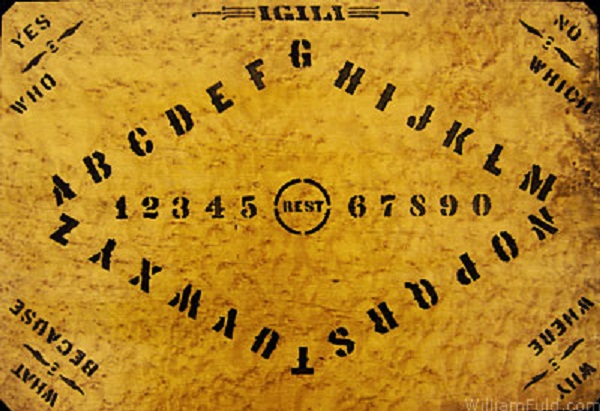
Once again, Charles Kennard tried to create a talking board to rival the success of the Ouija board. After the failure of the Volo board and the Northwestern Toy and Manufacturing Company in Chicago, Kennard returned to Baltimore, Maryland. Kennard opened the American Toy Company next door to the original location of the Kennard Novelty Company.
In 1897, the American Toy Company started selling Igili the Marvelous Talking Board. The design of the Igili board differed slightly from the Ouija board. Instead of moons and stars in the corners, the Igili featured the words “Who, Which, Where, Because, and Rest.” Kennard believed that the Igili could be as successful as the Ouija, but the Igili’s sales were low. The American Toy Company and the Igili only lasted for about three years.
4. Canadian Ouija Board
Year Created: 1892 – 1904
Designer/Manufacturer: Copp Clark Company Limited
Location: Toronto, Ontario, Canada
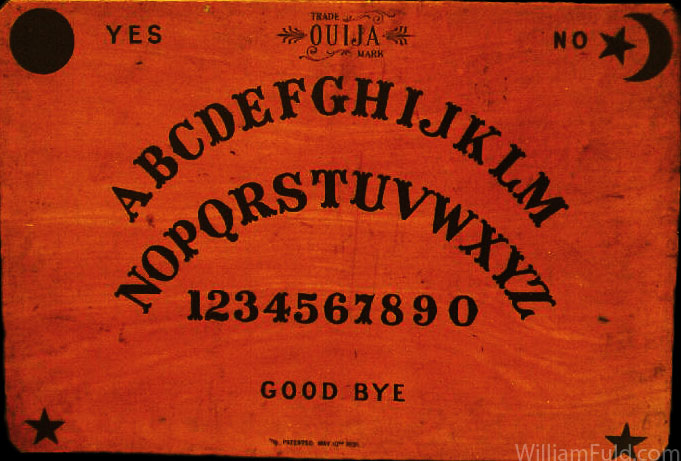
Elijah Bond, who was the one who filed the patent for the Ouija board on behalf of the Kennard Novelty Company, decided to give the patent for Canadian Ouija boards to the International Novelty Company. As the Ouija board took the United States by storm, interest in the Ouija board in Canada grew and in 1892 the International Novelty Company agreed to let the Copp Clark Company Limited manufacture the Ouija board in Canada.
The Copp Clark Company continued to manufacture Canadian Ouija boards for several decades even after the company was asked by William Fuld, who now owned the Ouija patent, to stop using the trademarked Ouija name. Based on the the original 1892 agreement, which granted Copp Clark the right to make Ouija boards in Canada, Fuld could not legally stop the Copp Clark Company from using the Ouija name.
3. Volo Talking Board
Year Created: 1892
Designer/Manufacturer: Northwestern Toy and Manufacturing Company
Location: Chicago, Illinois, USA
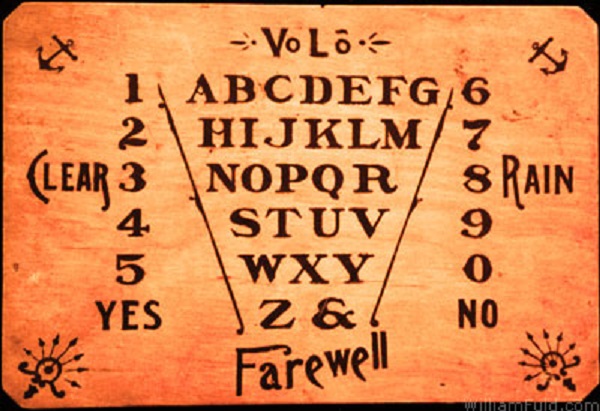
Charles Kennard, the founder of the Kennard Novelty Company and the first owners of the Ouija board patent, left his own company in 1892 to start another. Since Kennard owned his own patent for a talking board, he decided to make a new deal with the former branch factory of the Kennard Novelty Company. Kennard established the Northwestern Toy and Manufacturing Company in Chicago, Illinois and started selling the Volo talking board.
Unfortunately for Kennard, his scheme to cash in again on the Ouija board phenomenon didn’t work out. Within a few month of Volo board production the Kennard Novelty Company filed a Bill of Infringement on the Northwestern Toy and Manufacturing Company and won. Production of the Volo talking board immediately stopped.
2. Espirito Talking Board
Year Created: c.1891 – 1892
Designer/Manufacturer: W.S. Reed Toy Company
Location: Leominster, Massachusetts, USA
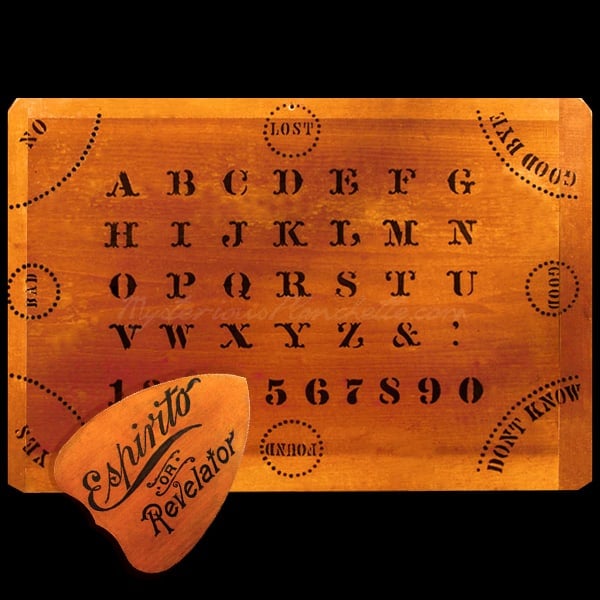
A year after the Kennard Novelty Company filed the patent for the original Ouija board, Massachusetts toy manufacturer, the W.S. Reed Toy Company also started making their own version of a talking board and called it the Espirito board. The W.S. Reed Toy Company was briefly awarded a patent for their Espirito board in early 1892.
However, after a few short months the W.S. Reed Toy Company announced that it would stop making and selling the Espirito board because the “Espiritio just couldn’t compete with the Wonderful Ouija board.” Ouija board historians believe that the Kennard Novelty Company most likely sent the W.S. Reed Toy Company a cease and desist letter or threatened to file a Bill of Infringement.
1. Original Ouija Board
Year Created: c.1890 – 1891
Designer/Manufacturer: Kennard Novelty Company
Location: Baltimore, Maryland, USA
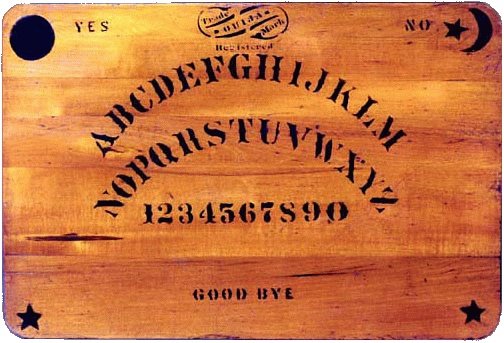
The original Ouija board was not necessarily the first talking/spirit board, but it was the first to be patented. In 1886, the Associated Press reported that spiritualists in Ohio were taken by a new phenomenon, the talking board, which was essentially the precursor to the Ouija board. A businessman named Charles Kennard saw an opportunity for a new business venture and jumped on the chance to be the first to patent a talking board. Kennard gathered four more investors in 1890, including attorney Elijah Bond, and started the Kennard Novelty Company to manufacture and sell these new boards.
According to Robert Murch, who has extensively researched the history of Ouija board, the name for the board was revealed by the board itself. Bond’s sister-in-law, Helen Peters was a medium and held a séance to ask the board what it should be called and it revealed the name “Ouija” and told them “Good Luck.” The patent for the Ouija board was awarded on February 10, 1891, making the Kennard Novelty Company’s version the oldest Ouija board in world.


